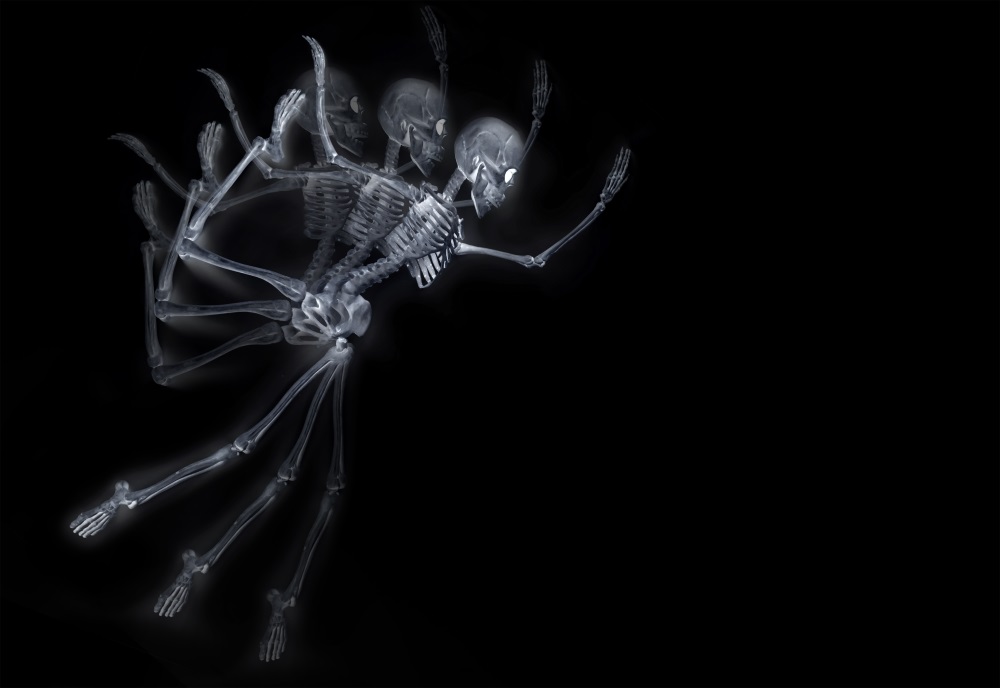Sometimes, when taking an X-Ray, there are occasions where patients move, or simply the technician performing the X-Ray is not experienced enough and the technique used is not the best one. In these cases, radiation exposure increases because an X-Ray needs to be taken again, and this often happens in the case of children. It is very important, even mandatory, to develop a new system that reduces the number of times they need to be exposed to radiation when getting a study as simple as an X-Ray, especially in the case of repeat imaging.

Because of this, researchers from the Boston Children’s Hospital and the Washington University School of Medicine have developed a new system to decrease the number of repetitions that need to be made in order to get a great X-Ray, which consists of really simple devices. A camera with depth capabilities captures the room where the X-Ray is getting done, and then these images go directly to a PC, where they are processed by the proprietary software and gets displayed in a monitor in the X-Ray room showing important parameters, such as the position of the patient, the relationship with the safety areas to avoid overexposure to radiation, and the thickness of the body part to determine if the X-Ray is going to be performed correctly.

Algorithms certainly make our lives easier. The aim of this system is to ensure automatic measurement of the patient’s position and thickness related to the chosen X-Ray technique and to detect errors in the patient’s position, or even in motion before the patient gets exposed. Results of this study apparently shown some promise at achieving this goal, guaranteeing further study to be done regarding this matter.

But, even if this seems like a very interesting idea, it’s a very primitive form of Augmented Reality, and at ARinMED, we believe that with some little changes and the add-on of more advanced (not necessarily expensive) technology, this objective could be reached more easily. For instance, it was studied by The Microsoft Research Centre for Social Natural User Interfaces (SocialNUI) and the Department of Physiotherapy at the University of Melbourne (which you can see here), with the use of a MS Kinect® and a projector, that a patient’s real-time movement and position could be trained and assessed in real time. Imagine having children assuming body positions projected in a wall by their favorite superhero or princess, which could present the purpose and exercise in a more compelling manner. The possibilities are endless!
Please, feel free to share any thoughts with us in the comments section.







